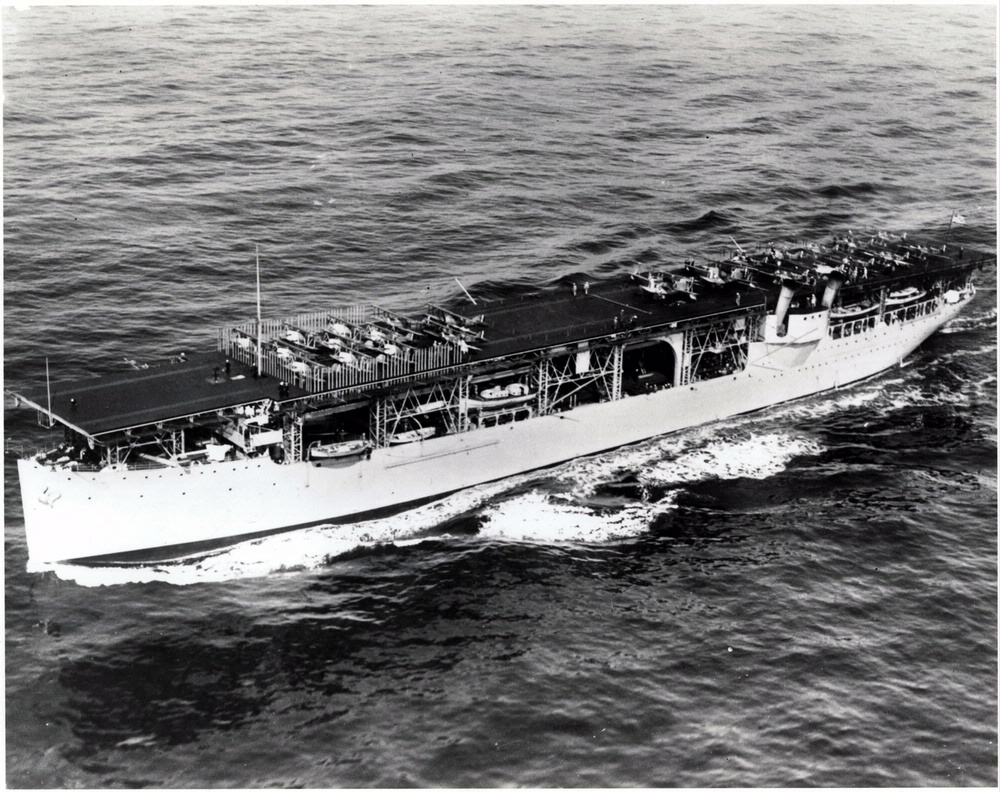The key to the creation of a dedicated naval aviation service was the development of the aircraft carrier, a floating airfield that could sail with the fleet anywhere in the world. The Bureau of Aeronautics issued specifications for new carriers and aircraft and developed procedures for operations at sea. Its naval aviators pioneered new tactics for shipboard dive-bomber, torpedo, and fighting squadrons. American naval aviation had 20 years of operational experience when it entered combat during World War II.












